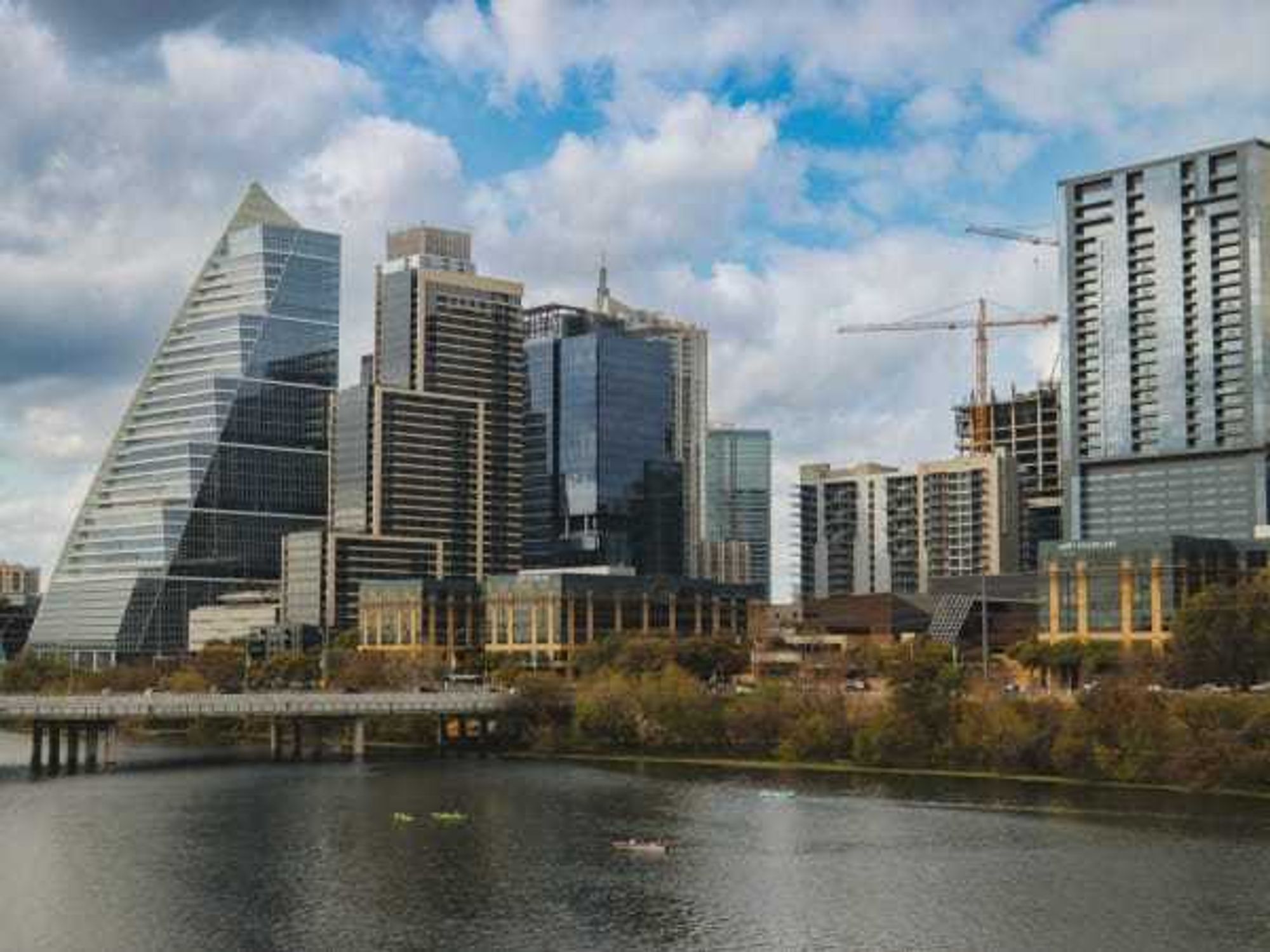Mortgage madness
Zillow predicts Austin will become the least affordable metro for homebuyers outside of California

If you’re among the Austin residents fretting about the region becoming more California-ized, you’ve now got extra evidence to back up your concern.
An analysis released August 12 by real estate platform Zillow predicts home affordability in the Austin area will keep falling to the point that it’ll be the country’s least affordable metro for homebuyers outside California.
As of June, Austin enjoyed home affordability greater than only eight major U.S. metros. But by December, Zillow expects Austin to drop below Seattle, Miami, and New York City for home affordability. If that happens, the five metro areas with worse affordability than Austin would all be in California: San Francisco, San Jose, San Diego, Los Angeles, and Riverside-San Bernardino.
“Austin in particular has seen monthly payments for new mortgages rising faster than income growth, a trend that has pushed the Sun Belt standout six spots down the affordability ranks over the past year,” Zillow says.
According to Zillow, the typical homebuyer in the Austin area should have expected to put 19.7 percent of their income toward mortgage payments in June 2020. A year later, that figure had climbed to 25.3 percent. Even if mortgage rates stay the same, Austin homebuyers should brace themselves to be forking over 30.1 percent of their income for mortgage payments in December, Zillow says.
By comparison, the same mortgage-payment numbers are projected to climb from 39.3 percent to 43.1 percent between June and December in San Francisco, and from 36.8 percent to 40.9 percent between June and December in San Jose.
Zillow notes that typical home values and sale prices in Austin remain less than half of those in San Francisco and San Jose. Nonetheless, that doesn’t discount the housing affordability crisis gripping the Austin area. In June, the median sale price of a home in the Austin area soared to $482,364, up 43 percent from the same period in 2020, according to the Austin Board of Realtors.
“One way for places like Austin and California to ensure that current residents aren’t being priced out as housing burdens rise and remain high is to relax zoning restrictions and create paths that make building new inventory easier,” Zillow says. “Increasing the supply of more affordable housing units — including high-density housing such as townhomes and condos — can also help to ease some of the price pressures for many who find current values unreachable.”
The mortgage-affordability outlook is far rosier for Texas’ other major metro areas, the Zillow analysis shows:
- The typical homebuyer in Dallas-Fort Worth should anticipate spending 22.1 percent of their income on mortgage payments in December, up from 19.8 percent in June.
- The typical homebuyer in San Antonio should anticipate spending 21.8 percent of their income on mortgage payments in December, up from 19.5 percent in June.
- The typical homebuyer in Houston should anticipate spending 18.8 percent of their income on mortgage payments in December, up from 17.2 percent in June.
“Strong demand and rising prices for homes are overwhelming the ability of low mortgage rates to keep monthly payments down,” Nicole Bachaud, economic data analyst at Zillow, says in a news release. “As prices continue to outpace income gains, affordability constraints will start to slow home-price growth.”
